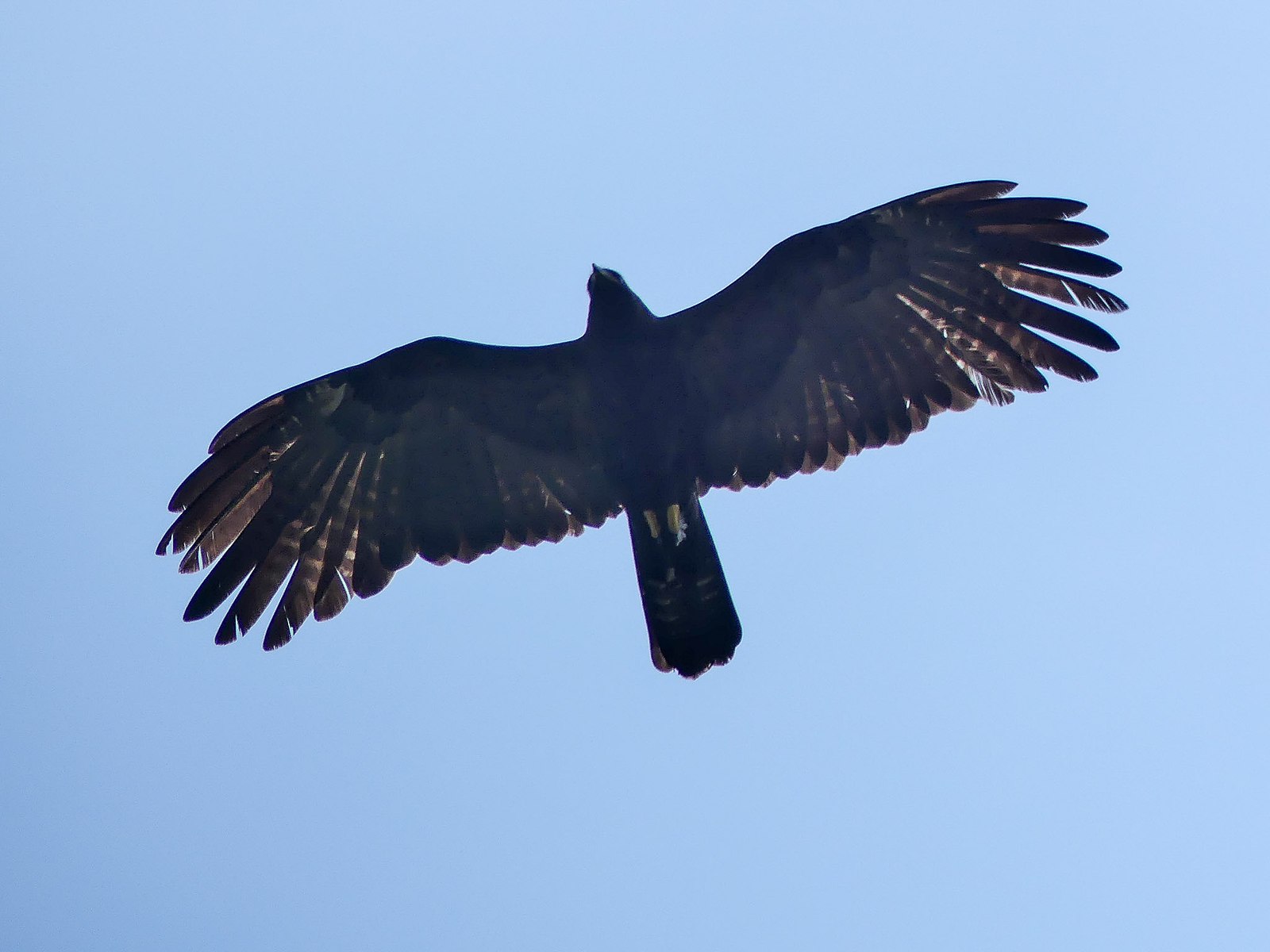Black eagles (Ictinaetus malaiensis) are large birds of prey found in tropical and subtropical Asia, including the Himalayan foothills, Nepal, India, Burma, southern China, Taiwan, and Southeast Asia. These majestic birds prefer to make their homes in forested, mountainous areas with good forest cover.
The Ideal Habitat for Black Eagles
Black eagles thrive in the following habitat conditions:
-
Mountainous Regions: Black eagles are found in hilly, mountainous areas, often soaring over forests in these regions.
-
Forested Areas: These birds prefer areas with dense, mature forests, as they rely on the forest cover for nesting and hunting.
-
Elevation: Black eagles are typically found at elevations ranging from 500 to 3,000 meters (1,600 to 9,800 feet) above sea level.
-
Climate: Black eagles inhabit areas with tropical and subtropical climates, where temperatures are generally warm throughout the year.
-
Prey Availability: Black eagles feed on a variety of small mammals, reptiles, birds, and eggs, so their habitat must support a diverse range of prey species.
Nesting and Breeding Habits
 Image source: Black Eagle by Mike Prince
Image source: Black Eagle by Mike Prince
Black eagles are monogamous and form pairs, with the breeding season starting in January and ending in April. During this time, they engage in impressive courtship displays, including steep dives with folded wings and swoops up in a U shape into a vertical stall.
The female black eagle lays 1 or 2 white eggs, which are blotched in brown and mauve. The eggs hatch in about 35-40 days, and the young fledge (become capable of flight) about 2 months later.
Feeding and Hunting Behavior
Black eagles are carnivores and primarily feed on small mammals, reptiles, birds, and eggs. They are known for their slow, gliding flight just above the forest canopy, where they search for prey. These birds are also prolific nest-predators, often raiding the nests of other birds for food.
Conservation Status and Threats
According to the IUCN Red List, the total population size of the black eagle is around 10,000 individuals, with less than 100 breeding pairs in China and around 100-10,000 breeding pairs in Taiwan. Currently, this species is classified as Least Concern (LC) on the IUCN Red List.
However, the numbers of black eagles are decreasing due to the shrinking of their forested habitats caused by large-scale extraction and deforestation. As these birds rely on dense, mature forests, the loss of their preferred habitat is a significant threat to their long-term survival.
Conclusion
The black eagle is a majestic bird of prey that thrives in the forested, mountainous regions of tropical and subtropical Asia. These birds require specific habitat conditions, including dense forests, mountainous terrain, and the availability of their preferred prey. While currently classified as Least Concern, the black eagle’s population is declining due to the loss of its preferred habitat. Conserving and protecting the remaining forested areas in the black eagle’s range is crucial for the long-term survival of this impressive species.
References:
– All About Birds: Black Eagle
– Animalia: Black Eagle
– Britannica: Eagle
– Animalia: Black Hawk Eagle
– Wikipedia: Eagle

